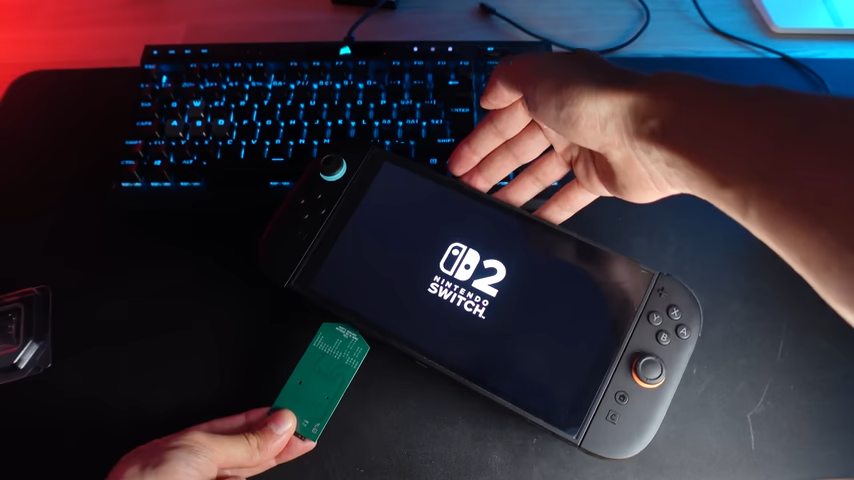Engineering Breakthroughs and Limitations Emerge in Early Nintendo Switch 2 Customization Efforts

The emergence of the Nintendo Switch 2 has spurred significant experimentation within the hardware modification community, with early adopters attempting to integrate NVMe solid-state drives (SSDs) into the console’s architecture. These efforts highlight both the potential for expanding the device’s storage capabilities and the challenges inherent in circumventing its designed limitations.
As detailed by creator Better Gaming, a recent attempt leveraged an open-source project from NVNT Labs to transform the Switch 2’s microSD Express slot—which offers improved speed compared to the original Switch’s SD card slot—into an M.2 interface suitable for SSD installation. The microSD Express slot effectively functions as a PCIe connection capable of supporting the NVMe protocol under the correct configurations.
Following multiple iterations involving custom printed circuit board (PCB) creation, soldering, and intricate connections, Better Gaming achieved initial success in physically integrating an NVMe drive. However, despite this technical accomplishment, the system displayed an error message indicating inability to access the microSD card, preventing full functionality. This issue arises because the Switch 2 is programmed to recognize a specific controller associated with genuine microSD cards; while an NVMe SSD can theoretically emulate this function, it requires additional adaptation.
NVNT Labs has responded by announcing the development of a “microSD Express sniffer board” designed to capture and replicate the required communication handshake—a project currently nearing completion. However, the current design necessitates that the modified connector protrude from the console’s bottom, positioning the SSD directly beneath the integrated stand, which must remain deployed for access – an arrangement some users consider impractical and potentially vulnerable to damage.
The process of upgrading to microSD Express is itself a relatively expensive undertaking, adding further complexity to the customization effort. While alternative approaches exist, such as completely removing the existing microSD slot to accommodate internal SSD placement, these modifications present their own logistical challenges in terms of space constraints within the console’s compact design.
Ultimately, while these efforts demonstrate ingenuity and offer potential cost savings—with a 1 TB mini-SSD potentially costing less than half a terabyte of microSD Express storage—they underscore the inherent trade-offs between customization and ease of use for many users.









